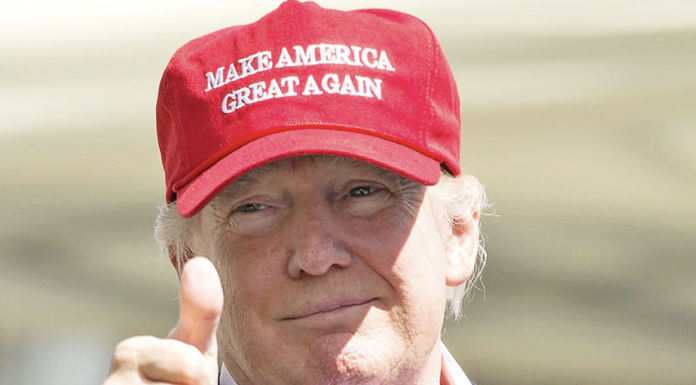CBS NEWS – At a recent Nevada legislative committee hearing, lawmakers faced off with members of the governor’s administration over how to fill gaping holes in the state’s upcoming budget.
At issue: whether opioid settlement money — paid by health care companies that were sued for fueling the opioid crisis and meant to help states abate addiction — should be funneled to two counties for a safety net program, Temporary Assistance for Needy Families, which is aimed at helping low-income children and families.
Previous funding “will no longer be available after June 30, 2025,” the budget proposal says. By then, billions of dollars in covid-era relief from the federal government — including a set-aside for TANF, which can cover emergency aid, job training, child care, and more — is likely to have expired.
Recognizing both the need for and uptake of this assistance, Gov. Joe Lombardo’s budget proposal directs $5 million in opioid settlement cash to shore up the program in the state’s most populous counties, Clark and Washoe.
The prospect of such tradeoffs is smacking many states in the face as they embark on budget season.
Not only is the river of federal pandemic relief that flowed to public health, education, food assistance, child care, and more over the past few years drying up, but a deluge of actions from the Trump administration has thrown into question once-reliable federal funding for a myriad of social services and health care programs. Congressional Republicans have also threatened cuts to Medicaid, a joint federal and state health insurance program for many low-income people.
Together, these financial headwinds have left many states hunting for alternative funds to maintain crucial services.
Opioid settlement money can seem like an attractive option. More than $10 billion has landed in state and local government coffers in recent years and billions more are set to arrive over the next decade-plus.



